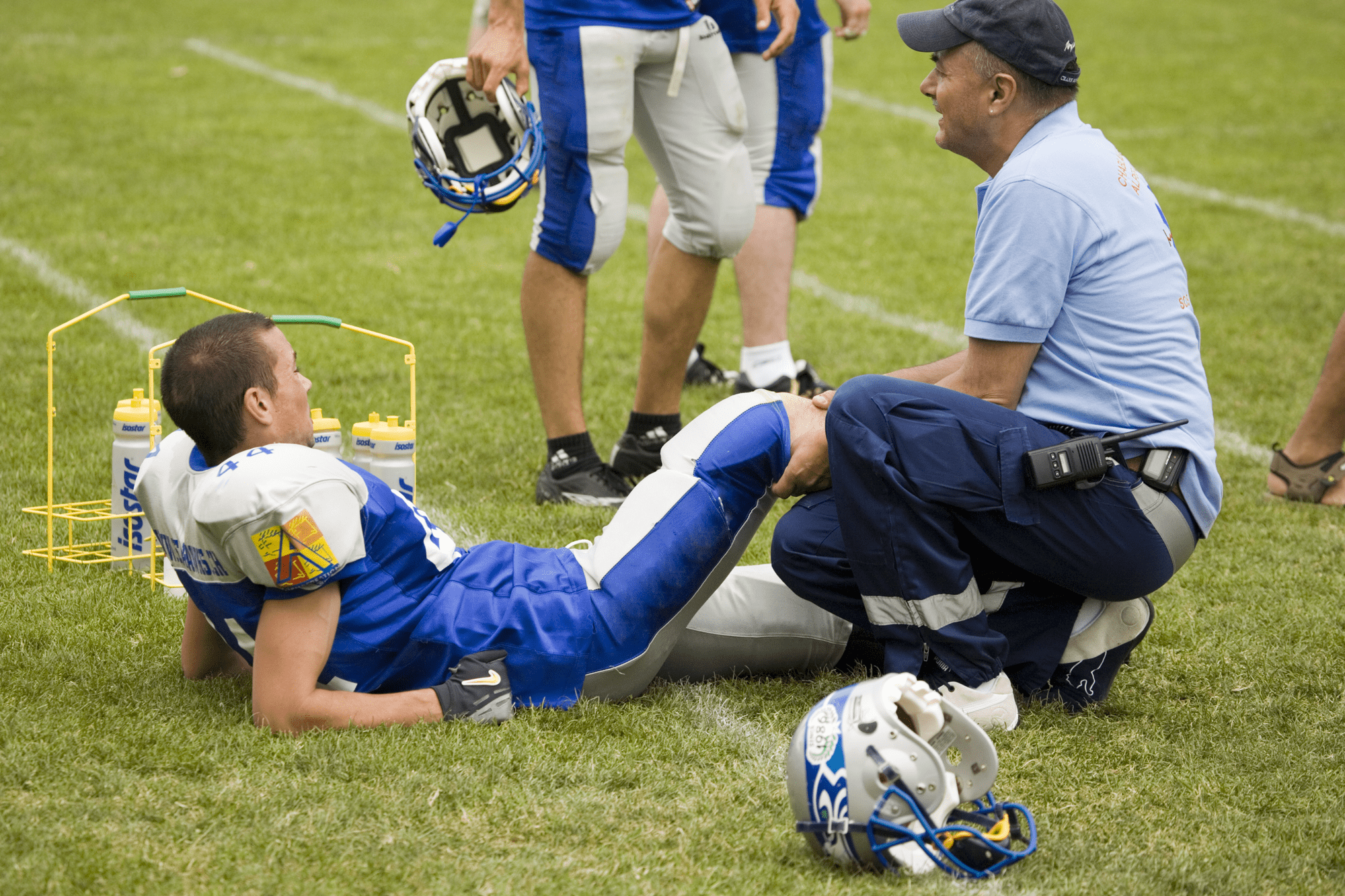Advancements in ACL Surgery: A Look at the Future of Treating Athletes

Patrick S. Buckley, MD
School is back in session and for many athletic trainers and sports medicine physicians, the change from summer to fall means that football season is back. Along with Friday night lights, Saturday tailgates at college stadiums and Sunday night football, there will inevitably be a dreaded side of the sport for many athletes, a torn anterior cruciate ligament (ACL).
Most of us treat these injuries every day and have extensive experience with them. However, as providers to an athlete with a torn ACL, it is paramount to understand both where we have been as well as what the future holds.
In many ways, the foundations of ACL surgery have held true over time. Concepts such as anatomic tunnel placement, secure graft fixation, meniscus repair over resection and the use of autograft over allograft tissue have repeatedly been shown in the literature to yield the best outcomes. From a rehab standpoint, pre-surgery and early post-operative physical therapy normalizing range of motion, reducing swelling and facilitating muscle activation continue to be the foundation of the rehabilitation of the athlete with an ACL tear.
However, the field of ACL surgery continues to evolve and recent advancements have shown promise and are worth highlighting. First, repair of the ACL with a collagen scaffold, termed the BEAR ACL repair, is now possible and has encouraging early outcomes. This technique is most commonly used for femoral sided tears and has the benefit of preserving the patient’s native ACL and limiting the morbidity associated with graft harvest. Second, lateral extra-articular tenodesis with a strip of the IT band as an adjunct to ACL reconstruction has been shown to limit the risk of ACL re-tears in the high-risk patient population. We generally define high risk as young patients (<20yo) returning to a pivoting/ cutting sport, those with pre-existing knee recurvatum or hyperlaxity, as well as revision ACL reconstructions. Finally, blood flow restriction (BFR) is an encouraging post-operative adjunct to traditional physical therapy following ACL surgery. BFR involves the use of a tourniquet to build muscle in a hypoxic environment, showing greater and earlier muscle strength restoration.
These recent advancements highlight the importance of ongoing orthopaedic research and staying up-to-date with evidence-based literature. At University Orthopaedic Associates (UOA), we are your partners to provide the highest level, evidence-based care. We are on the high school and college sidelines with you and are always a resource if needed. If you or one of your athletes are interested in an appointment with one of our sports medicine orthopaedic surgeons, contact us today.

